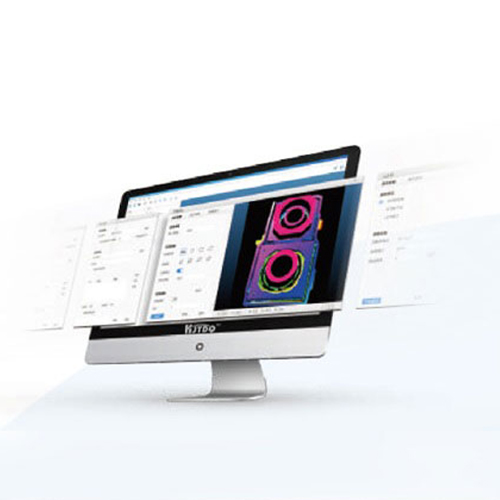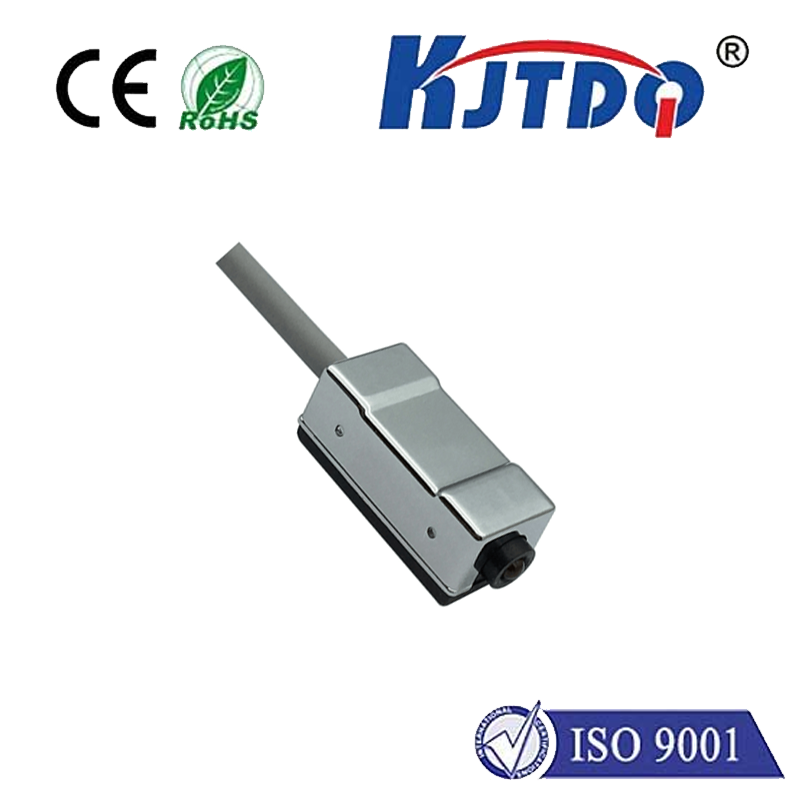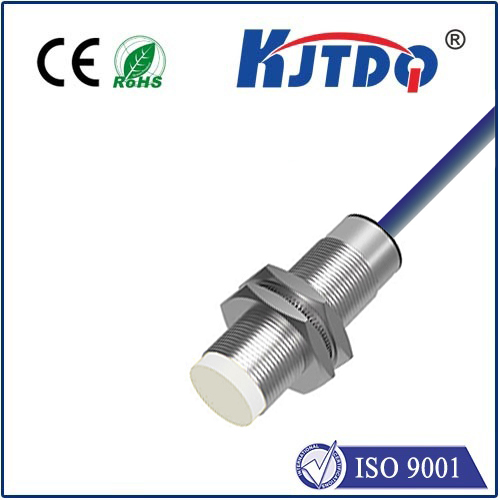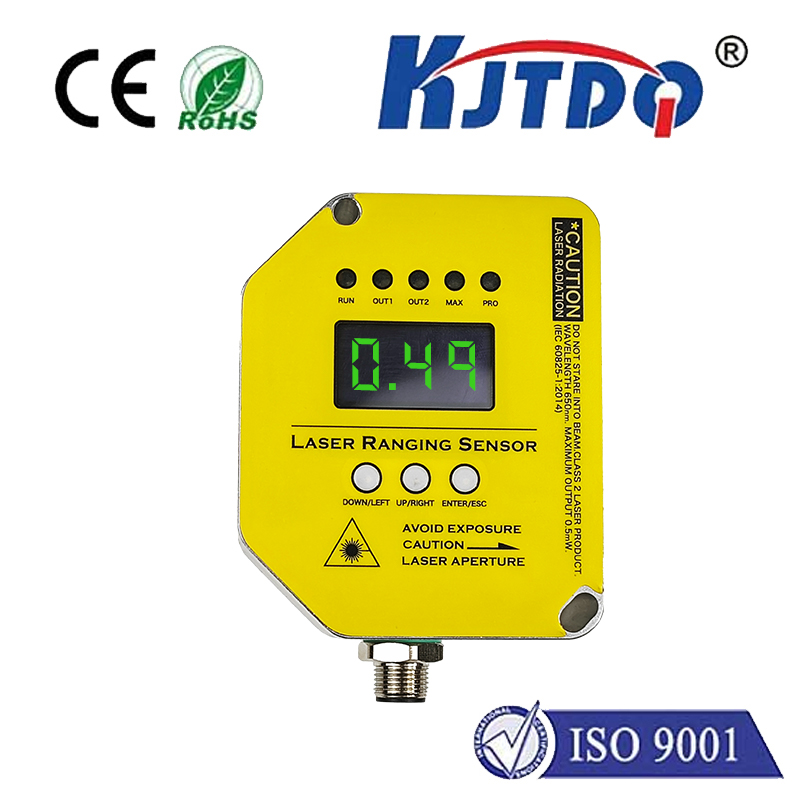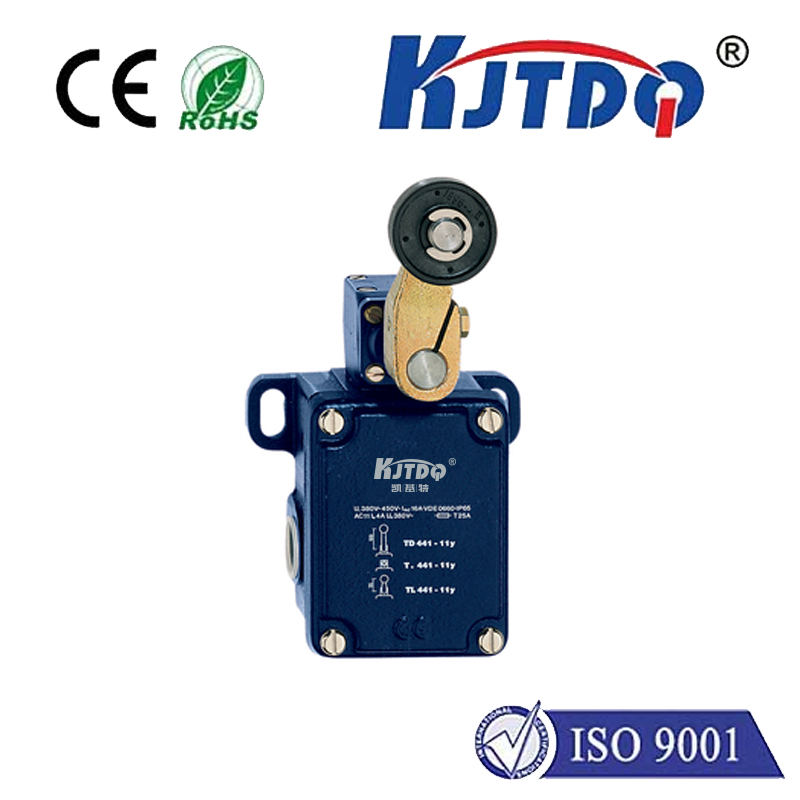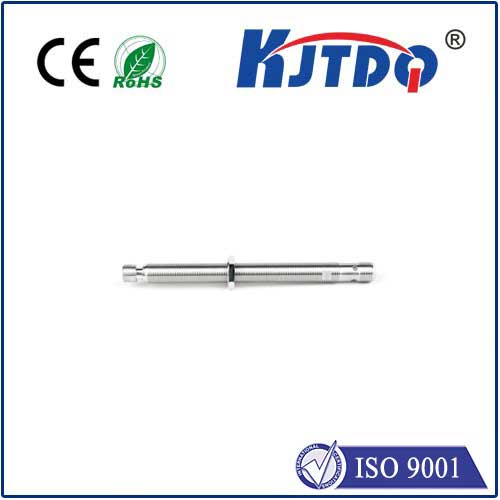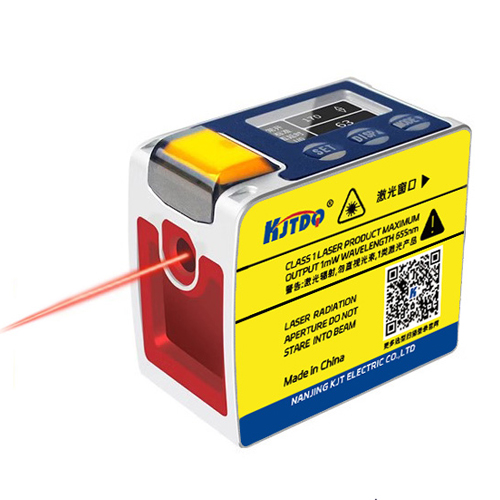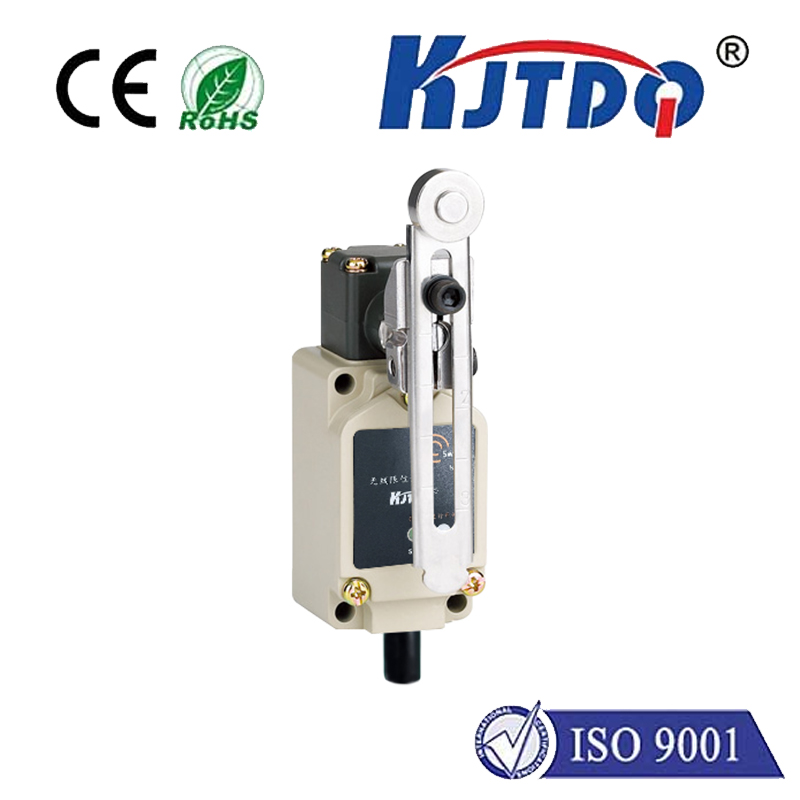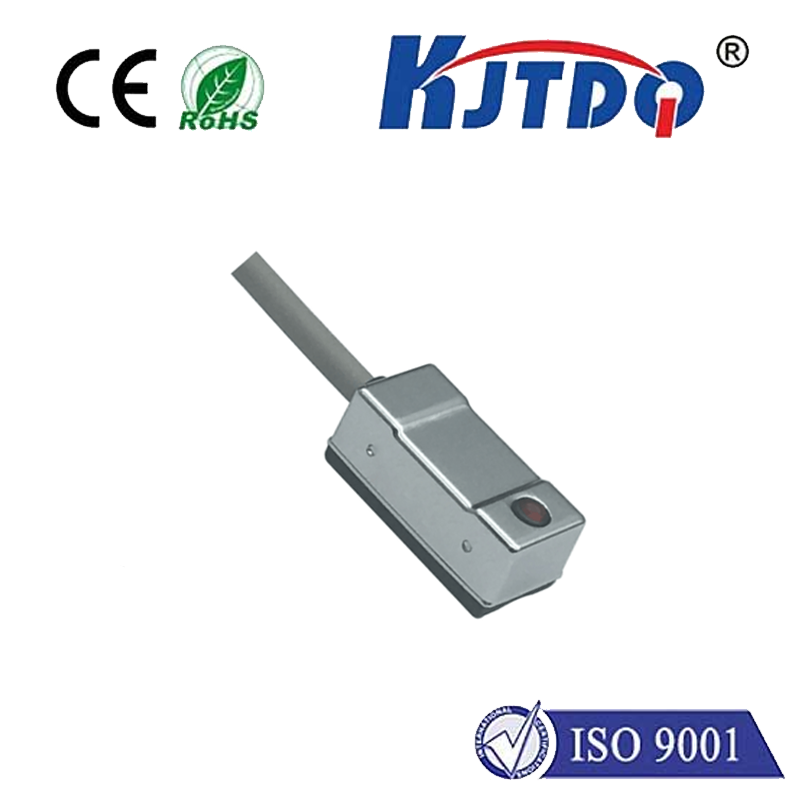inductive type proximity switch
- time:2024-10-15 02:28:05
- Click:0

Title: Understanding the Inductive Type Proximity Switch and Its Applications
Introduction
In the world of automation and sensing technology, the inductive type proximity switch stands out as a versatile and reliable component. This device is widely used in various industries to detect the presence of metallic objects without any physical contact. In this article, we will explore what an inductive type proximity switch is, how it works, and its applications across different sectors.
What is an Inductive Type Proximity Switch?
An inductive type proximity switch, also known as an inductive sensor or proximity sensor, is a device that uses electromagnetic fields to detect the presence of metal objects. It consists of a coil that generates a magnetic field when an alternating current passes through it. When a metal object comes close to the sensor, it disrupts the magnetic field, and the change is detected by the sensor’s electronic circuitry. This triggers a switching action, which can be used to control machinery, count items, or provide binary output signals.
Working Principle
The working principle of an inductive type proximity switch involves generating a high-frequency alternating electromagnetic field using a coil. When a conductive material, such as a metal object, enters the field, it induces eddy currents within the material. These currents generate their magnetic field that opposes the original one created by the coil. This opposition reduces the overall magnetic field strength detected by the sensor. The sensor’s electronic circuitry then processes this information and converts it into a binary signal, indicating whether the target material is present or not.
Advantages of Inductive Type Proximity Switches
- Non-contact detection: One of the main advantages of inductive type proximity switches is their ability to detect targets without making physical contact. This feature eliminates wear and tear on both the sensor and the target materials, ensuring long-lasting performance.
- Versatility: Inductive type proximity switches can detect a wide range of metallic materials, including ferrous and non-ferrous metals. This makes them suitable for various applications, such as position measurement, speed monitoring, and object counting.
- Durability: Since inductive type proximity switches do not require physical contact with the target materials, they are less prone to mechanical damage and can operate reliably in harsh environments.
- Easy installation and maintenance: Inductive type proximity switches are easy to install and maintain, requiring minimal training and expertise. They can be mounted on various surfaces and connected to different types of control systems using standard electrical connections.
Applications of Inductive Type Proximity Switches
Inductive type proximity switches have numerous applications across various industries due to their versatility and reliability. Some of the most common applications include:
- Industrial automation: Inductive type proximity switches are extensively used in industrial automation systems for tasks such as position measurement, speed monitoring, and object counting. They help improve productivity, reduce downtime, and ensure consistent product quality.
- Automotive industry: Inductive type proximity switches are used in vehicles for functions like engine management, transmission control, and airbag deployment systems. Their non-contact nature allows them to withstand the harsh operating conditions found in automobiles.
- Appliance manufacturing: In household appliances such as washing machines, refrigerators, and ovens, inductive type proximity switches are used to detect door status, control motor speed, and monitor temperature levels. Their durability ensures long-lasting operation under normal household conditions.
- Security systems: Inductive type proximity switches are employed in security systems for access control, perimeter protection, and surveillance purposes. Their ability to detect metallic objects makes them ideal for detecting unauthorized entry attempts and triggering alarms or notifications.
Conclusion
Inductive type proximity switches are essential components in modern automation and sensing technologies due to their non-contact detection capabilities, versatility, durability, and ease of installation and maintenance. They find applications across various industries, from industrial automation and automotive systems to household appliances and security systems. As technology continues to advance, we can expect further innovations in inductive type proximity switches, making them even more efficient and reliable in the future.












